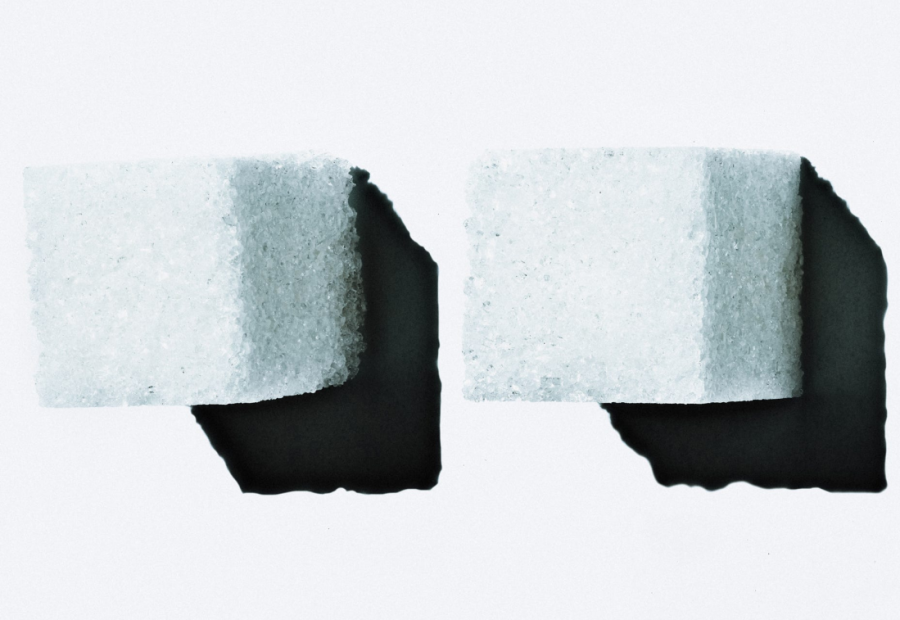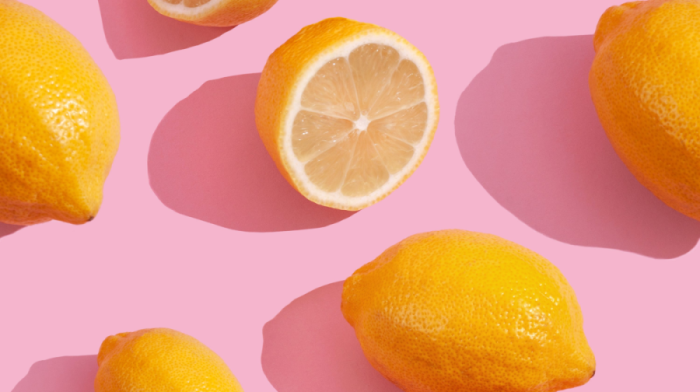Figuring out how to reduce sugar in your diet might seem like a big task since sugar is everywhere—and, let’s face it, it tastes good. But it’s totally possible to cut back without sacrificing your favorite foods, experts say.
“At the end of the day, the goal is to create a balanced relationship with food,” says Jessica Jones, RD, the co-founder of Diabetes Digital, a virtual nutrition counseling platform for people with diabetes and prediabetes. “I see a lot of success when people take small steps to reduce sugar, focus on how they feel, and prioritize foods that nourish them without feeling like anything is off-limits.”
Day-to-day, consuming high amounts of sugar can lead to energy spikes and crashes, which can make people feel drained and tired, she says. Too much sugar can lead to things like diabetes, heart disease, high blood pressure, cholesterol, or triglyceride levels, inflammation, and even cognitive problems like Alzheimer’s or dementia, according to the American Heart Association. This is why women should stick to 25 grams (or six teaspoons) of added sugar a day, per the AHA.
If your doctor advises it or if you suspect you might be above this recommendation and want to cut back, there are simple ways you can do it without feeling like you need to stop eating sugar entirely. Remember: all foods fit, says Jones. Here’s what experts recommend.
Meet the experts: Jessica Jones, RD, CDCES, is the co-founder of Diabetes Digital, a virtual nutrition counseling platform for people with diabetes and prediabetes. Maya Feller, RD, is the lead dietitian at Maya Feller Nutrition and author of Eating from Our Roots: 80+ Healthy Home-Cooked Favorites from Cultures Around the World. Hannah Rosenblum, MD, is a cardiologist at NewYork-Presbyterian/Columbia University Irving Medical Center.
6 Simple Steps To Reduce The Sugar In Your Diet
Check your nutrition labels for added sugars.
If you’re trying to decide between two products in the grocery store, take a look at their nutrition labels—specifically, the “added sugars” section. This is what you want to reduce when possible, so go for the option with less or no added sugars, says Hannah Rosenblum, MD, a cardiologist at NewYork-Presbyterian/Columbia University Irving Medical Center. Ideally, you want to keep the total amount of added sugars you have per day below 25 grams, so consider how close that single product would be getting you toward your daily range. You can also check the label for things like high fructose corn syrup, dextrose, agave, honey, and coconut sugar—these are all commonly added sugars.
And, BTW, “no added sugar” isn’t the same thing as “zero sugar,” so it doesn’t mean your food is entirely without sweetness. While no extra sugar was added during the manufacturing process, there still might be naturally-occuring sugars in your food, according to the AHA. (Meanwhile, zero sugar means there’s no sugar in the food.)
Identify sugary foods in your diet that can easily be replaced.
It’s possible to replace foods without depriving yourself or feeling like you’re making a drastic change, says Jones. For example, maybe for breakfast you typically eat a sugary cereal that you could swap for oatmeal sweetened with cinnamon and fruit instead. “You still get that sweet flavor, but it’s more nutrient-dense,” she says.
Think of everyday foods and beverages that can be easily swapped for something less sugary, like soda, juice, coffee, or condiments like salad dressing, tomato sauce, and ketchup (which are often packing a lot more sugar than you’d think).
For coffee, hold the sugar packets and extra syrup, or replace your flavored creamer with a low-sugar version. For condiments, look for “no added sugar” options or even make them at home.
Cut down on sugar in your recipes.
If a recipe is calling for sugar, you have a few options: add less than it requires (either by half or one-fourth—whatever works for you) or replace it with something that’s naturally sweet like applesauce, says Dr. Rosenblum.
It might seem like a risk to change a recipe you know and love, but you might not actually be sacrificing much taste-wise. In baking, cutting sugar back by one-fourth can be helpful, says Jones, who recommends this to her clients. “I’ve had patients tell me they didn’t notice the difference after tweaking their recipes,” she says.
If you’re not able to change a recipe, you can also just be mindful of the portion you’re having, says Feller.
Moderation just got a makeover: Try the Women’s Health+ 80/20 Diet Meal Plan.
Pair carbs with other macronutrients.
Eating carbs alongside protein, plant-based fats, or fiber can help you slow down their absorption process, which can then help keep blood sugar levels more stable, says Maya Feller, RD, the lead nutritionist at Maya Feller Nutrition and host of Slate’s Well, Now podcast. This doesn’t necessarily reduce the sugar in your diet, but it can help you avoid big spikes in blood sugar.
An example of a food combo that can help tamper down a potential spike: cut a date in half and eat it with peanut butter. That way you have your protein and fat paired with the naturally occurring sugar from the date, she says.
Try not to "drink your sugar."
It might be a good idea to cut back on sugary drinks, which are metabolized a lot faster in the body and lead to quicker blood sugar spikes, says Feller. It’s best to have one of these drinks with a meal, which can slow down the absorption process, and limit your portion size if possible to four to six ounces, she says.
Drinks are also a common source of sugar that can be swapped for something else, says Dr. Rosenblum. Things like soda (which can sometimes have nearly double the daily recommended sugar for women), juice, and alcohol are major culprits. If you’re looking for a sweet drink during the day, try a seltzer with a splash of 100 percent fruit juice instead, Dr. Rosenblum recommends.
Prioritize whole foods.
Eating more whole foods—even sweet ones like fruit and sweet potatoes—can help you reduce sugar intake, says Jones. The biggest reason is that whole foods aren’t processed, which means that there’s no added sugars to worry about. Plus, oftentimes, these options also contain fiber and other nutrients which have the added benefit of slowing the release of sugar into your bloodstream, says Jones. By eating more whole foods instead of processed or ultra-processed foods, you won’t be adding to your daily recommended intake of sugar.





















Comments (0)